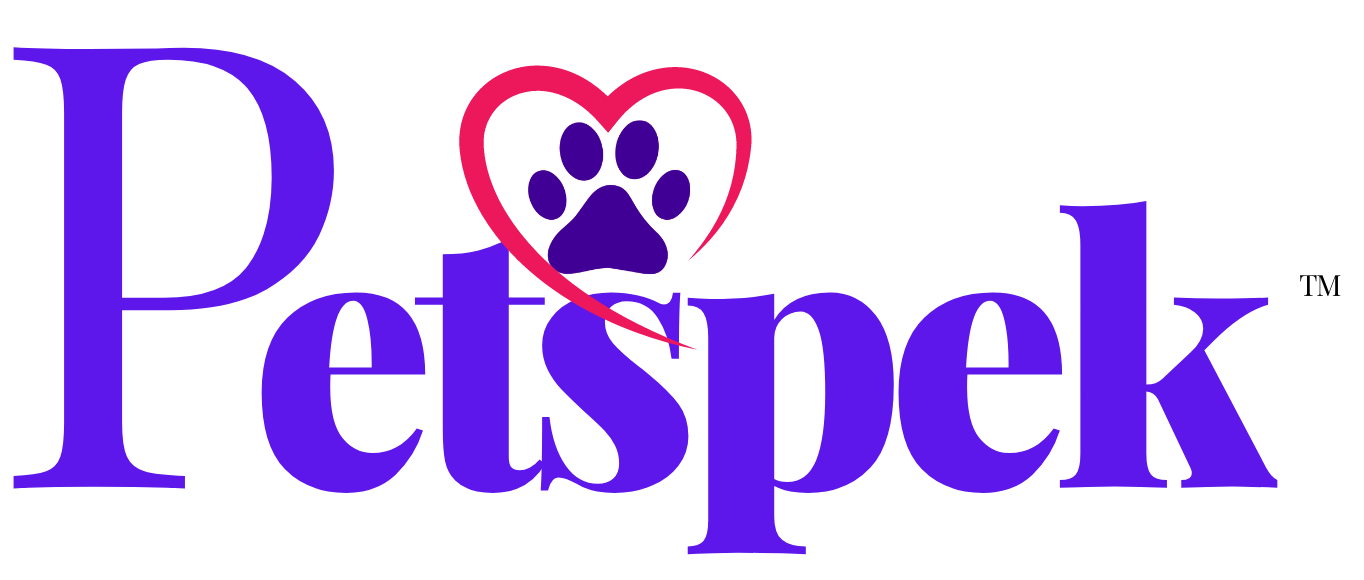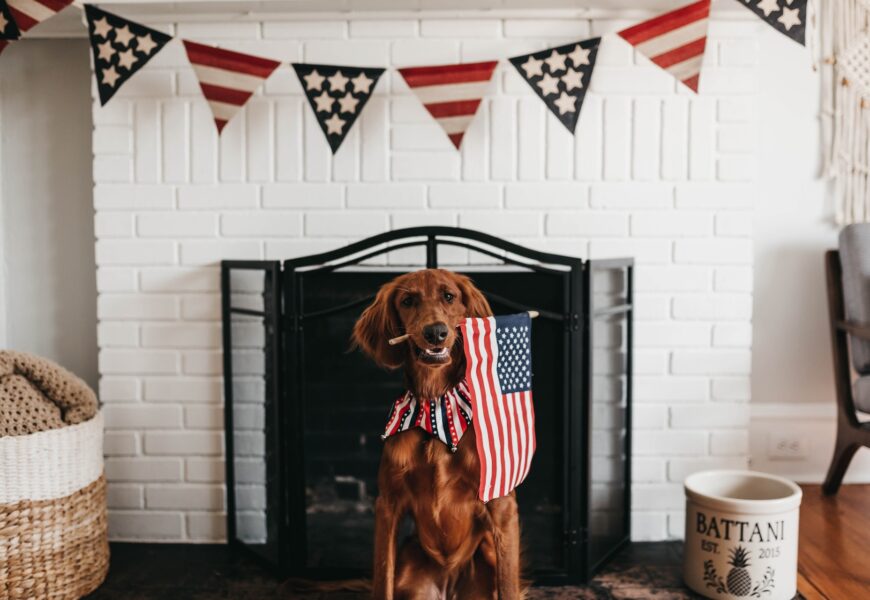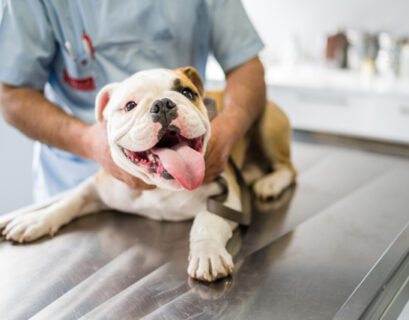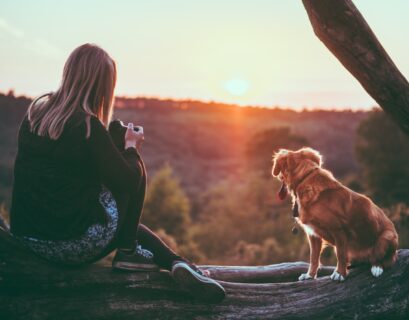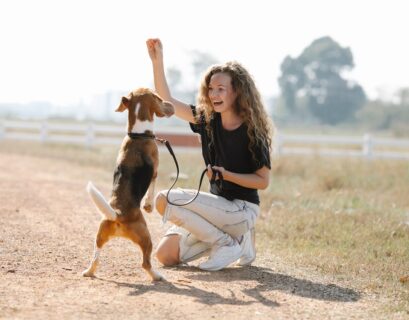“Unleash the Joy: Dive into the World of Dog Agility Training!”
Key Takeaways:
- Agility training keeps dogs mentally sharp and physically fit.
- Assess readiness and ensure basic obedience before starting.
- Choose safe and enjoyable equipment and setup.
- Fun exercises like obstacle courses and interactive games engage their minds.
- Challenging activities like jumping and weaving improve their physical health.
- Use positive reinforcement to build a strong bond with your dog.
- Introduce agility equipment gradually and be patient with their progress.
- Focus on enjoying the experience of competing.
- Prioritize safety and regular vet check-ups.
- Agility training is suitable for all dogs, offering joy and companionship.
There’s something truly special about watching our furry companions leap, weave, and conquer thrilling obstacles gracefully and enthusiastically. Beyond just entertainment, dog agility training is a remarkable way to enrich our canine friends’ lives and nurture their well-being. As responsible pet owners, we must ensure they stay mentally sharp and physically fit, and agility training offers the perfect solution. The exciting journey strengthens the bond between us and our four-legged pals, taps into their innate problem-solving skills, and unleashes their full potential. So, lace up those walking shoes and grab some treats, because we’re about to embark on a fun-filled adventure of agility training that will leave tails wagging and hearts racing!
. From setting up a simple obstacle course to tackling challenging agility exercises, the journey is filled with joy and growth for you and your canine friend. So, as you venture into this exciting world of agility, remember to be patient, use positive reinforcement, and cherish the moments of triumph. Happy training, and here’s to a future of fun-filled, wagging adventures with your agile and active furry companion!
Getting Started with Agility Training
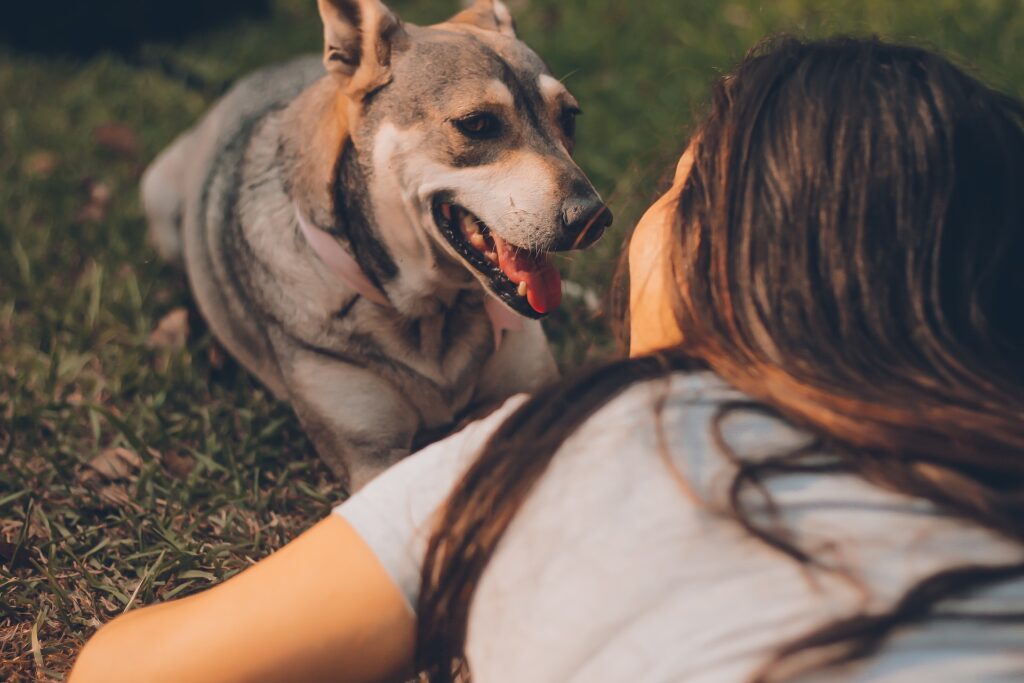
Before diving into the world of dog agility, it’s important to assess your furry friend’s readiness for this thrilling activity. Understanding your dog’s temperament, physical capabilities, and obedience level will set the stage for a successful training journey. Basic obedience training lays a solid foundation for agility, ensuring that your pup can confidently respond to commands, making the training process smoother.
Once you’ve determined that your canine companion is ready to tackle agility, it’s time to consider the equipment and setup. There’s no need to invest in a full-fledged agility course right away. Start with simple obstacles like cones, tunnels, and low jumps. You can even improvise with household items to create an impromptu course. The idea is to gradually ease your dog into the experience and keep it positive and enjoyable.
Fun Agility Exercises for Mental Stimulation
Agility training goes beyond physical prowess; it’s also about stimulating your dog’s sharp mind. Incorporate playful exercises into the routine to challenge their problem-solving abilities and ignite their curiosity. Obstacle courses are fantastic for this purpose; guide your puppy through a sequence of jumps, weaves, and tunnels, rewarding them with treats and praise as they master each challenge.
Another delightful way to engage their mental faculties is through interactive puzzle games. Hide treats or toys around the house and let your dog sniff the rewards. This hones their sense of smell and taps into their natural instincts, leaving them feeling accomplished and content.
Obstacle Courses and Trick Training:
Obstacle courses are at the heart of agility training, offering a wide array of challenges for your dog. Teach them to jump over hurdles, weave through poles, and navigate tunnels. Gradually introduce these obstacles and use positive reinforcement, like treats and praise, to motivate and reward their progress. Trick training is also a delightful way to stimulate your dog’s mind while incorporating fun and creativity into the training routine.
Hide and Seek with Treats or Toys:
Engage your dog’s instincts and sense of smell by playing hide and seek with treats or toys. Hide the treats around the training area or indoors, and encourage your dog to find them using their keen sense of smell. This game provides mental stimulation and strengthens the bond between you and your furry friend.
Interactive Puzzle Games:
Interactive puzzle games are an excellent option to challenge your dog’s problem-solving abilities. Invest in puzzle toys that require your dog to manipulate or move parts to access treats or toys hidden inside. These games are engaging and keep your dog mentally sharp while offering a fun way to reward them for their effort.
Building Agility Skills Step by Step
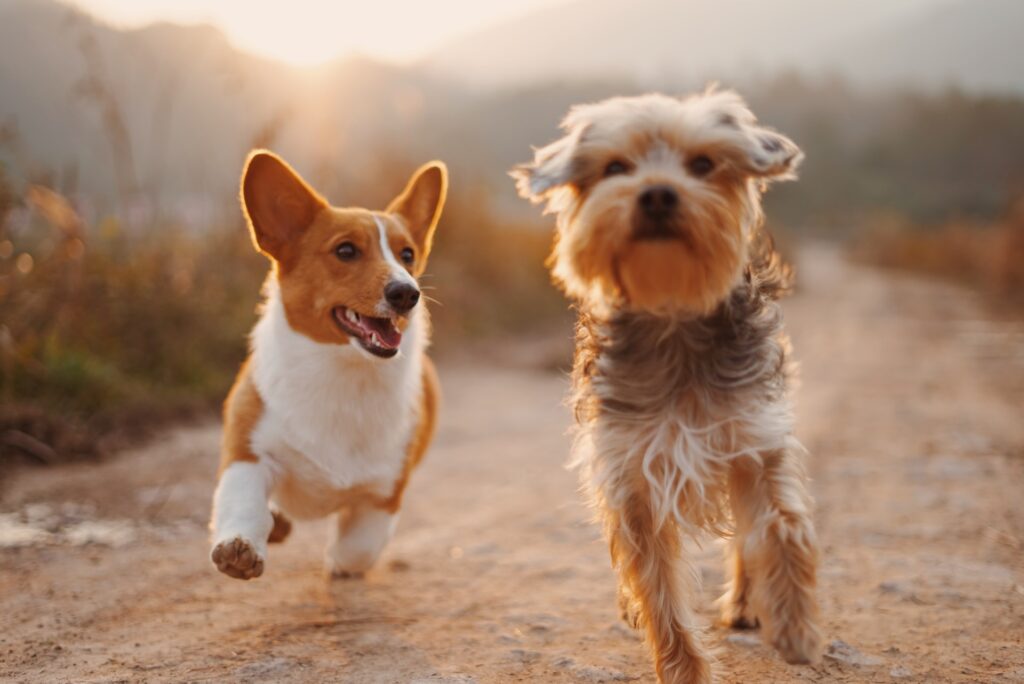
Building agility skills requires a patient and positive approach. Start by gradually introducing your dog to the agility equipment, one piece at a time. Allow them to explore and sniff the equipment, creating a sense of familiarity and comfort. Offer praise and treats to reinforce positive associations with each obstacle.
As your dog gains confidence with individual obstacles, combine them into short sequences. For example, have them jump over a low hurdle and then weave through a few cones. Remember to use positive reinforcement at every step, celebrating their efforts and progress.
Positive reinforcement is the key to successful agility training. Reward your furry friend with treats, verbal praise, and petting when they accomplish a task or show improvement. This creates a positive training environment and strengthens the bond between you and your dog.
Participating in Agility Competitions:
Consider participating in agility competitions once your dog has mastered various agility exercises and built up their skills. These events can be thrilling and rewarding for you and your dog. However, it’s important to approach competitions with the right mindset. Emphasize fun and enjoyment over winning; the primary goal is to provide a positive experience for your dog. Before entering a competition, ensure your dog is well-prepared and familiar with the obstacles they’ll encounter. Remember that agility competitions involve various difficulty levels, so choose events suitable for your dog’s skill level.
Challenging Agility Activities for Physical Health
Jumping and Hurdle Exercises:
Jumping exercises are fundamental in agility training, improving your dog’s agility, coordination, and muscle strength. Start with low hurdles and gradually increase the height as your dog gains confidence. Always ensure the jumps are safe and suitable for your dog’s size and breed.
Weaving and Cone Courses:
Teach your dog to weave through a series of cones or poles in a slalom-like pattern. This exercise enhances their flexibility and body awareness. Begin with a few cones and gradually add more as your dog becomes proficient. Reward them for correctly weaving through the course.
Tunnel and A-Frame Challenges:
Introduce your dog to tunnels and A-frame obstacles. The tunnel is an exciting exercise that encourages your dog to traverse through a dark, enclosed space, stimulating their sense of adventure. The A-frame requires them to ascend and descend a steep ramp, testing their balance and coordination. With proper training and guidance, your dog will confidently conquer these challenges.
Building Agility Skills Step by Step
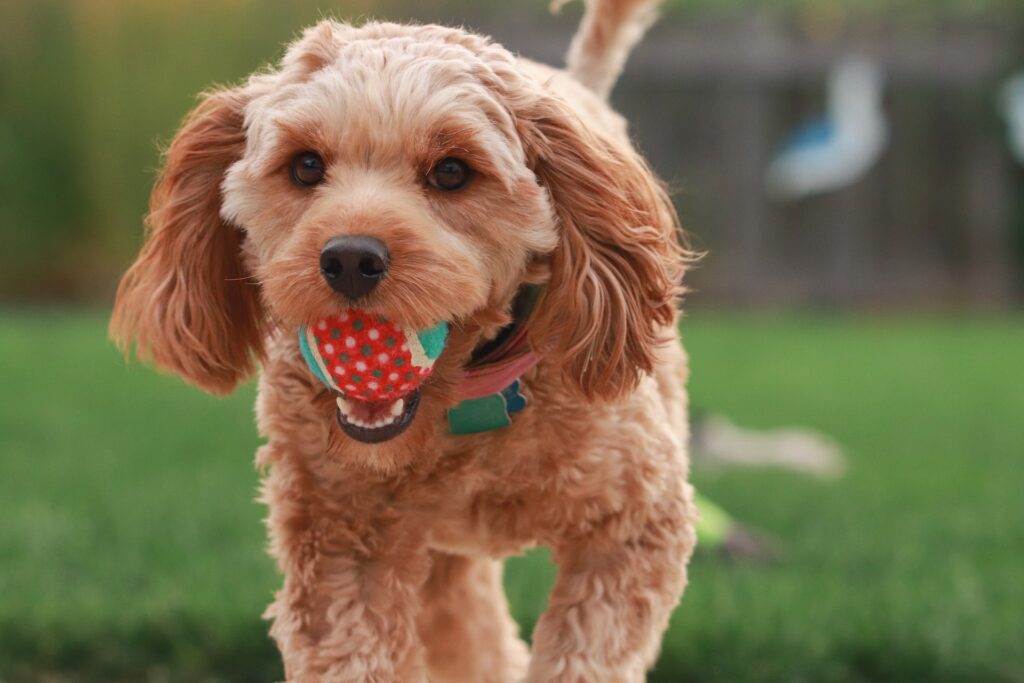
Introduction to Agility Equipment:
Introduce your dog to each piece of agility equipment gradually. Allow them to explore and sniff the equipment, making it a positive and rewarding experience. Offer treats and praise when interacting with the equipment to create positive associations.
Positive Reinforcement and Rewards:
Positive reinforcement is essential in agility training. Use treats, verbal praise, and petting to reward your dog’s progress and efforts. This positive feedback builds trust and encourages your dog to enjoy the training process.
Gradual Progress and Patience:
Agility training is a step-by-step process, and it’s essential to be patient with your dog’s learning curve. Gradually increase the exercise difficulty level and complexity as your dog becomes more comfortable and confident. Avoid rushing or forcing your dog into situations they are not ready for, as this can create anxiety and hinder their progress.
Participating in Agility Competitions
The Thrill of Agility Trials:
Agility competitions offer a unique opportunity to showcase your dog’s skills and teamwork. The electrifying atmosphere and the camaraderie among participants make these events a memorable experience for both dogs and their owners.
Preparing for a Successful Competition:
Before entering a competition, ensure your dog is well-prepared and familiar with the obstacles they’ll encounter. Practice the agility course and exercises frequently to boost their confidence and competence.
Emphasizing Fun and Enjoyment Over Winning:
While winning is always a thrill, agility competitions’ primary focus should be the joy of participating and the bond between you and your dog. Emphasize fun, enthusiasm, and sportsmanship, regardless of the competition’s outcome.
Conclusion:
As you venture into agility training with your furry companion, you’ll discover a fulfilling and transformative experience beyond physical exercise. The bond between you and your dog will deepen as you navigate through fun and challenging exercises together. The mental stimulation and problem-solving in agility training will keep your dog engaged, content, and mentally sharp.
Whether you’re a seasoned agility enthusiast or a novice looking to explore a new world of fun and fitness with your dog, agility training offers you countless benefits. It provides an avenue for physical exercise and nurtures a strong sense of teamwork, trust, and understanding between you and your furry friend.
Remember to be patient and flexible with the training process. Each dog is unique; some may take longer to master certain exercises than others. Celebrate the small victories and progress, and never hesitate to seek guidance from professional trainers or fellow agility enthusiasts if you encounter challenges.
Agility training is about teaching your dog to jump through hoops and dash through tunnels and building an unbreakable bond with them. The time you invest in agility training will result in a lifetime of cherished memories and a friendship that transcends words.
Furthermore, keep safety a top priority during training. Ensure that the agility equipment is sturdy and well-maintained, and always warm up your dog before engaging in any physically demanding activities. Regular visits to the veterinarian will also help monitor your dog’s overall health and well-being, ensuring they are fit and ready for agility challenges.
Last, remember that dogs of all ages and breeds can enjoy agility training; it is not just for competition. Whether you have an energetic young pup or a wise senior dog, agility training can be tailored to suit their individual needs and abilities. The goal is to provide them with mental stimulation, physical exercise, and an opportunity to experience sheer joy.
So, grab your dog’s favorite toy, set up a simple agility course, and dive into agility training together. The laughter, camaraderie, and moments of triumph will leave you both with hearts full of happiness and an unbreakable bond that only the agility world can bring. Get ready to jump, run, and wag those tails as you embark on this thrilling and rewarding adventure of agility training!
